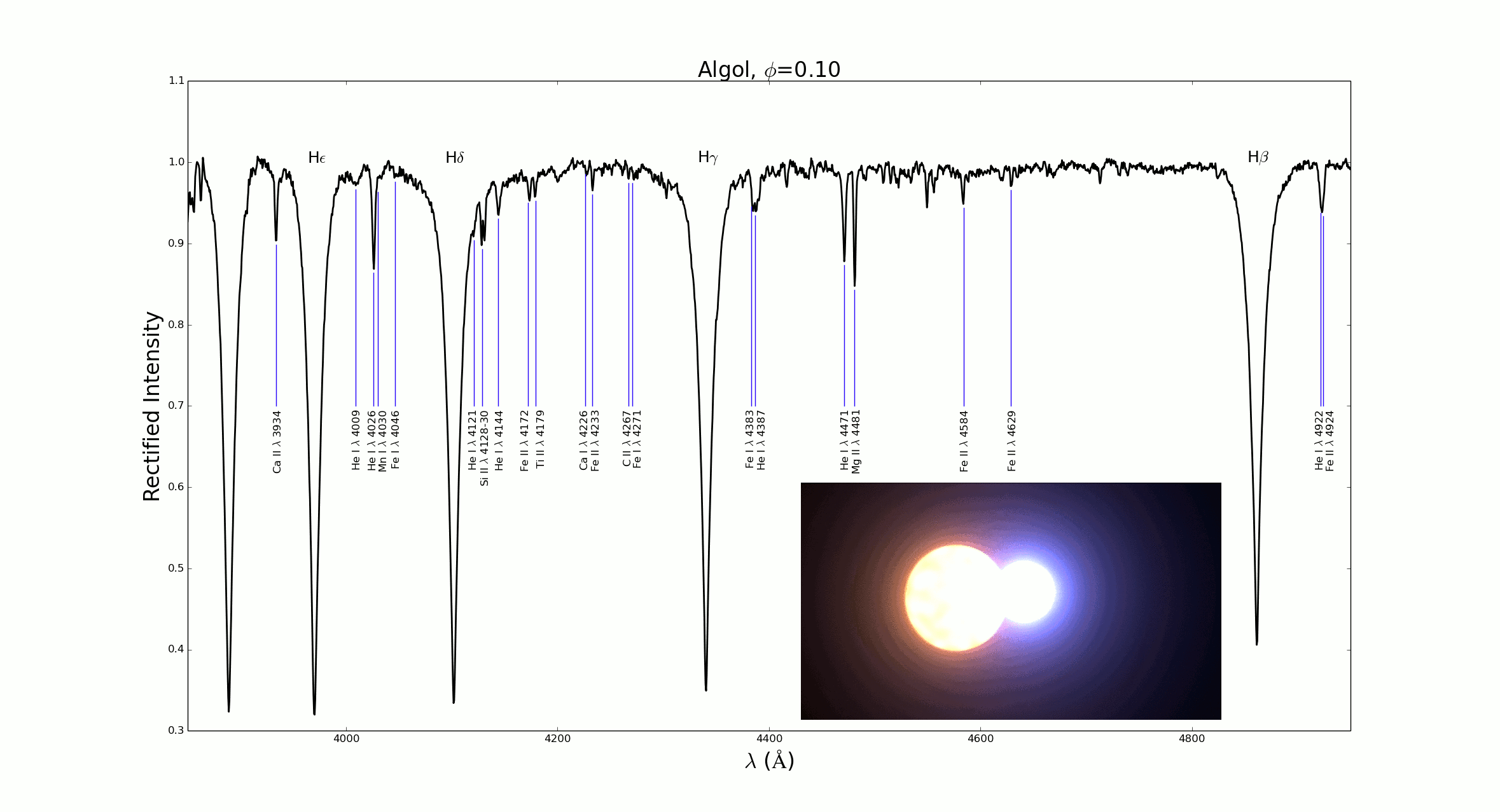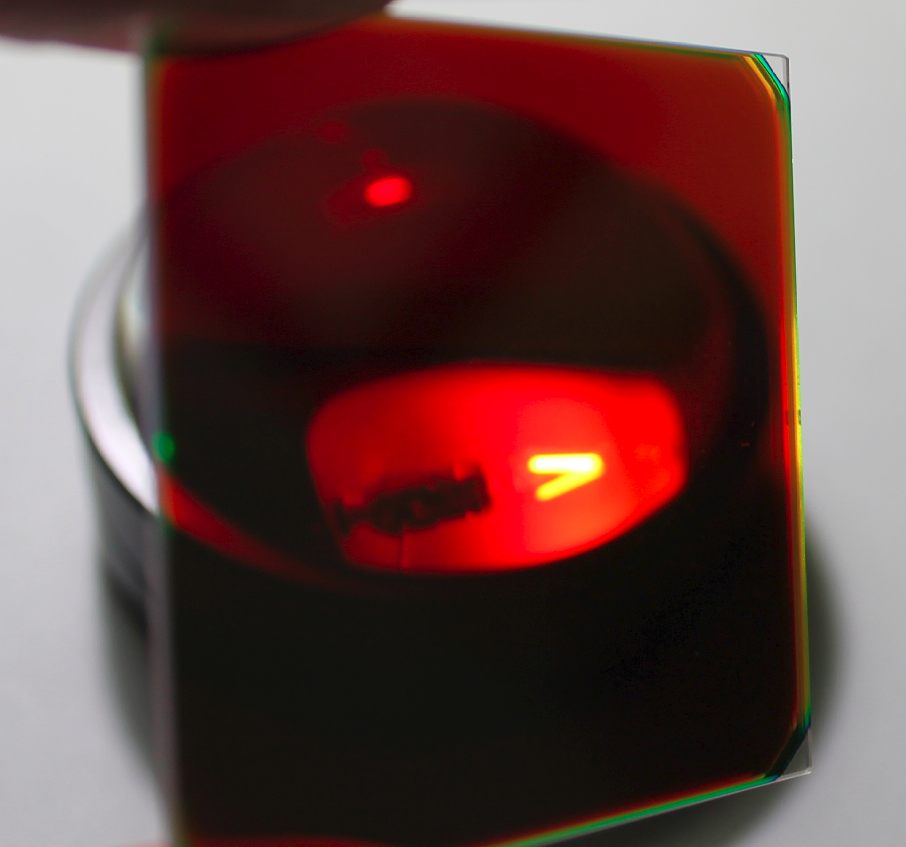B-type Star Spectral Classification
My ongoing work is classifying optical spectra of bright B-type stars. This is actually a re-classification project, as the source catalogs I am drawing from (the Bright Star Catalog and Henry Draper Catalogue) made spectral classifications public years ago. However, the advent of digital spectra has made re-classifying stellar spectra necessary. Below are some highlights; n.b. some of the work presented in sections lower down started here.
- The Sacramento Mountains Spectroscopy Workshops ended up being a fruitful opportunity to share spectroscopy with amateur astronomers. In my two talks, given in 2018 and 2019 respectively, I introduced attendees to some of the physics of stellar spectra, principles of spectral classification, and astrophysical rewards of studying spectra of stars.
- We provided spectral classifications of Be stars for a more profound study (with students Amy Glazier, Sophie Anderson, and Anthoni Caravello ): Labadie-Bartz, Chojnowski, Whelan et al., 2018, AJ, 155, 53.





